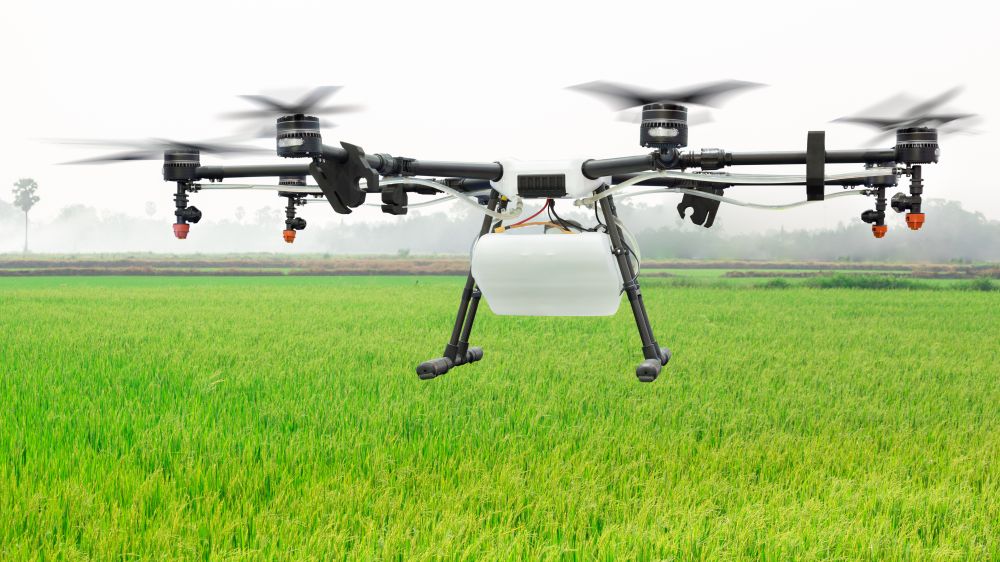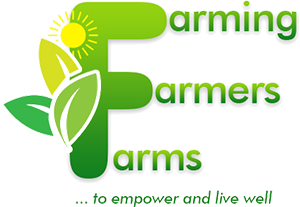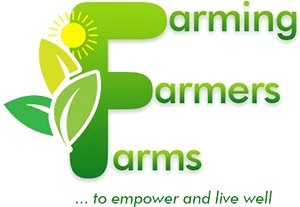Are you ready to revolutionise your farming practices? Imagine a world where you can survey vast acres of land in minutes, detect crop health issues before they are visible to the naked eye, and optimise your resource usage with pinpoint accuracy. This is reality, not a is not science fiction, but the reality of agri drones in modern farming. As technology continues to reshape agriculture, drones are fast-emerging, as a game-changing tool for farmers of all scales.
How do you get started with this cutting-edge technology? Whether you’re a tech-savvy farmer or someone who is just beginning to explore the possibilities, integrating agri drones into your farm operations might seem difficult. Simply understanding what agri drones can do for your farm, to selecting the right equipment, and maximising your return on investment.
What are agri drones?
Agri drones, also known as agricultural drones or farming drones, are Unmanned Aerial Vehicles (UAVs) specifically designed for agricultural applications. These high-tech devices combine advanced robotics, aerial imaging, and data analytics to revolutionise farming practices. Benefits of using drones are as follows:
They offer numerous advantages to modern farmers
Increased efficiency
Reduced labour costs
Improved crop monitoring
Precise application of inputs
Enhanced decision-making
Covering large areas quickly for surveys and inspections
Provide high-resolution imagery and precise measurements
Reduce manual labour and optimise resource usage
Minimise chemical usage through targeted applications
Available agri drones
Farmers can choose from the various types of agri drones based on their specific needs:
Fixed-wing drones
Multi-rotor drones
Hybrid VTOL drones
Each type has its unique strengths:
Fixed-wing drones excel in covering large areas efficiently
Multi-rotor drones offer superior maneuverability for detailed inspections
Hybrid Vertical Take-Off and Landing (VTOL) drones combine the benefits of both
Selecting the right drone for your farm
Assessing your farm’s needs: Before investing in an agri drone, it’s crucial to evaluate your farm’s specific requirements. Consider factors such as:
Farm size and terrain
Crop types and growth stages
Desired applications (e.g., crop monitoring, spraying, or mapping)
Frequency of use
By carefully assessing these needs, the farmer is better equipped to choose a drone that aligns with the farm’s unique characteristics and operational goals.
Key features
When selecting an agri drone, it is good to pay attention to these essential features:
Flight time and range
Payload capacity
Camera resolution and spectral bands
GPS accuracy and stability
Weather resistance
Software compatibility
Budget considerations
Agri drones come in a wide range of prices, from budget-friendly options to high-end professional models. The following should be considered when budgeting:
Initial drone cost
Additional sensors or attachments
Software licenses and subscriptions
Maintenance and repair expenses
Training costs
Evaluate the potential Return on Investment (ROI) based on expected productivity gains and cost savings to justify your budget allocation.
Lorem ipsum dolor sit amet, consectetur adipiscing elit. Ut elit tellus, luctus nec ullamcorper mattis, pulvinar dapibus leo.

Popular agri drone models
Several manufacturers offer drones specifically designed for agricultural uses, such as:
Sentera PHX
AgEagle eBee SQ
Parrot Bluegrass Fields
It is good to read user reviews and, if possible to seek demonstrations before making a final decision.
Setting up agri drone system
To set up agri drone system effectively, there is the need for a combination of hardware and software plus a list of essential equipment, as such:
Drone with appropriate sensors
Remote controller
Extra batteries
Propellers and spare parts
Carrying case
Landing pad
For software, look out for:
Flight planning software
Image processing software
Farm mapping
Accurate farm mapping is crucial for effective drone operations by following these steps:
Define field boundaries
Mark key features such as buildings and water sources
Identify potential obstacles
Create geo referenced maps
ith your agri drone system set up, you’re ready to start implementing this technology in your farm operations. Next, we’ll explore how to effectively integrate drones into your daily farming practices.
Implementing drone technology in farm operations
Crop monitoring and health assessment
Agri drones revolutionise crop monitoring and health assessment, providing farmers with unprecedented insights into their fields. These aerial scouts can quickly survey large areas, detecting issues that might be missed from ground level.
Key benefits of drone-based crop monitoring:
Early disease detection
Nutrient deficiency identification
Pest infestation spotting
Water stress assessment
Growth rate tracking
Precision spraying and fertilization
With the ability to precisely map fields, drones enable highly-targeted application of pesticides and fertilizers. This precision approach not only reduces chemical usage, but also minimises environmental impact and cuts costs.
Drones equipped with thermal sensors can identify areas of water stress in crops, allowing farmers to optimise irrigation schedules and water usage. This data-driven approach leads to more efficient water management and improved crop yields.
For farms with livestock, drones offer a quick and efficient way to monitor herds. They can help locate missing animals, assess grazing patterns, and detect health issues in individual animals.
Yield estimation by analysing drone-captured imagery throughout the growing season, farmers can make more accurate yield predictions. This information is invaluable for planning harvests, managing storage, and making informed marketing decisions.
Training and skill development
Mastering drone piloting is crucial for effective integration of agri drones into farm operations by focusing on:
Take-off and landing
Maintaining stable flight
Navigating obstacles
Understanding weather conditions
Improved crop monitoring and analysis
Time management improvements
Drones can dramatically enhance time efficiency in farming operations
Faster field surveys and mapping
Quicker identification of problem areas
Streamlined crop scouting processes
Automated data collection and analysis
Conclusion
Integrating agri drones into farming operations is a transformative step that can revolutionise agricultural practices. By focusing on proper setup, effective implementation, and ongoing training, it is possible to harness the full potential of these aerial tools to enhance crop monitoring, optimise resource usage, and boost overall farm productivity. It is important to remember that the key to maximising return on investment lies in continuous learning and adaptation. By showing high level of dedication and right approach, agri drones can become an indispensable asset in the farming toolkit, helping in the cultivation of a more efficient, sustainable, and profitable agricultural enterprise in Nigeria and elsewhere.



